From an Empty Field to 8,044 Acres | How SLC Became an International Airport
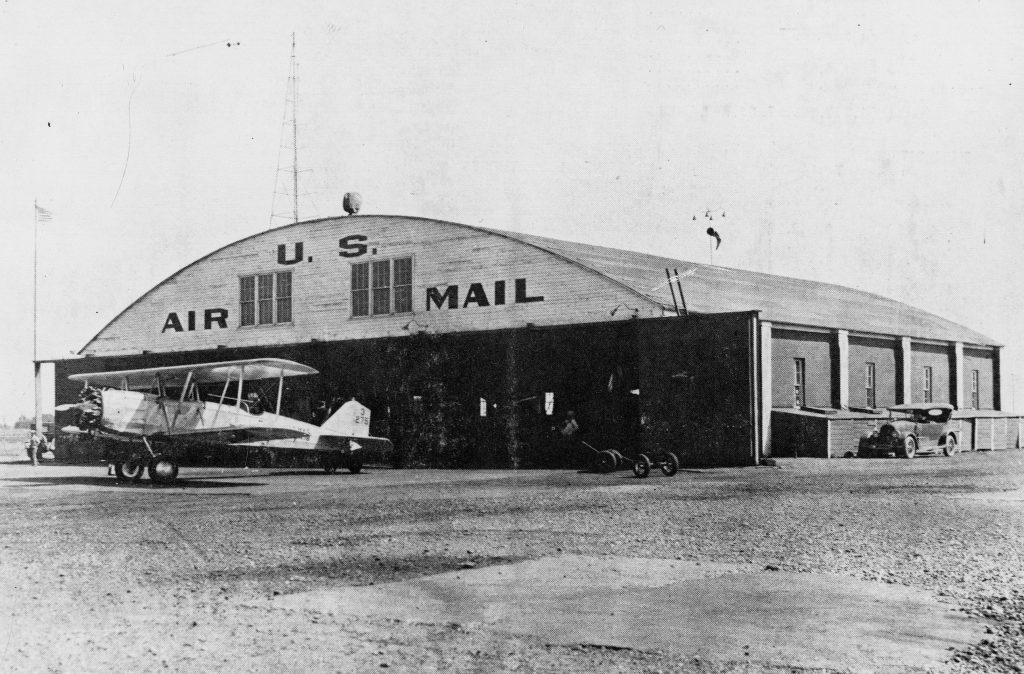
Picture this scene: It’s 1920. The advent of air mail is propelling communication across the country. America is at the cusp of an epic and exponential growth in aviation. Salt Lake City is poised to be a hub for U.S. air mail operations– an air transportation center for the country. The city faces just one problem– they don’t have a permanent landing field. How did Salt Lake City start with practically nothing to become the major international airport that it is today?
Ogden vs. SLC
The Commercial Club (precursor to the Salt Lake City Chamber of Commerce) spearheaded the initiative to secure funding from congress and identify the site for a landing field. Time was of the essence as Ogden was also bidding to be the air mail outpost. Carefully yet quickly, the city chose an undeveloped site, which one historian described as “partially waterlogged salt grass pasture.” The city purchased the 100-acre plot for $600.
On December 21, 1920, Salt Lake City opened their new landing field. Named “Woodward Field,” the air mail outpost featured just one hangar and a single runway paved with cinders.
Boxed Lunches and Tin Can Toilets
Interest in aviation began to take off–literally. Demand for air mail service increased exponentially and the United States Postal Service began to contract with private airlines-namely Western Air Express-to ship mail. Individuals began to wonder if they could join these flights as passengers.
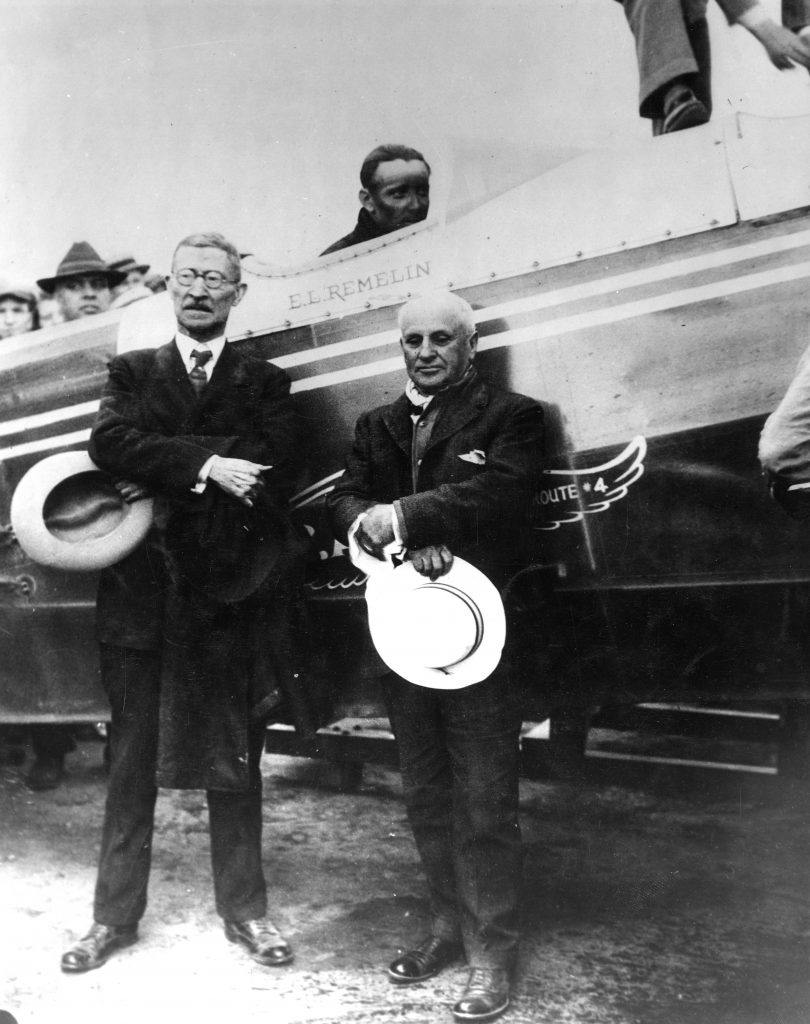
On May 23, 1926, Salt Lake City made history when two passengers–Ben Redman and J.C. Tomlinson—became the first commercial passengers in the United States. Redman was chair of the aviation committee for the Chamber of Commerce, and Tomlinson, a booking agent for steamships. To fly to Los Angeles on Western Air Express, Redman and Tomlinson each paid $98, roughly the equivalent of $1,736 in 2024.
For this first-class fee, the gentlemen sat among bags of mail–there were no designated seats. While they did receive boxed lunches and a tin can toilet, there was no inflight service and certainly no entertainment (although, one could argue that flying on an air mail plane with seatbelts was entertaining enough). Shortly after, Woodward Field was renamed “Salt Lake City Municipal Airport,” and by the end of 1927, over 1,000 passengers had flown out of the airport.
Building the First Passenger Terminal
By 1930, the airport operated about 3,500 landings per month. The property grew from 100 acres to 450 acres and instead of just one runway, there were three. Five commercial airlines operated out of the municipal airport: Boeing Air Transport, National Park Airways, Seagull Airlines, Varney Airlines and Western Air Express.
With no designated waiting areas, passengers were prone to walking around the airfield, along taxiways and runways. The airport desperately needed a passenger terminal to ensure airport safety. Plans were quickly made to construct the first terminal.
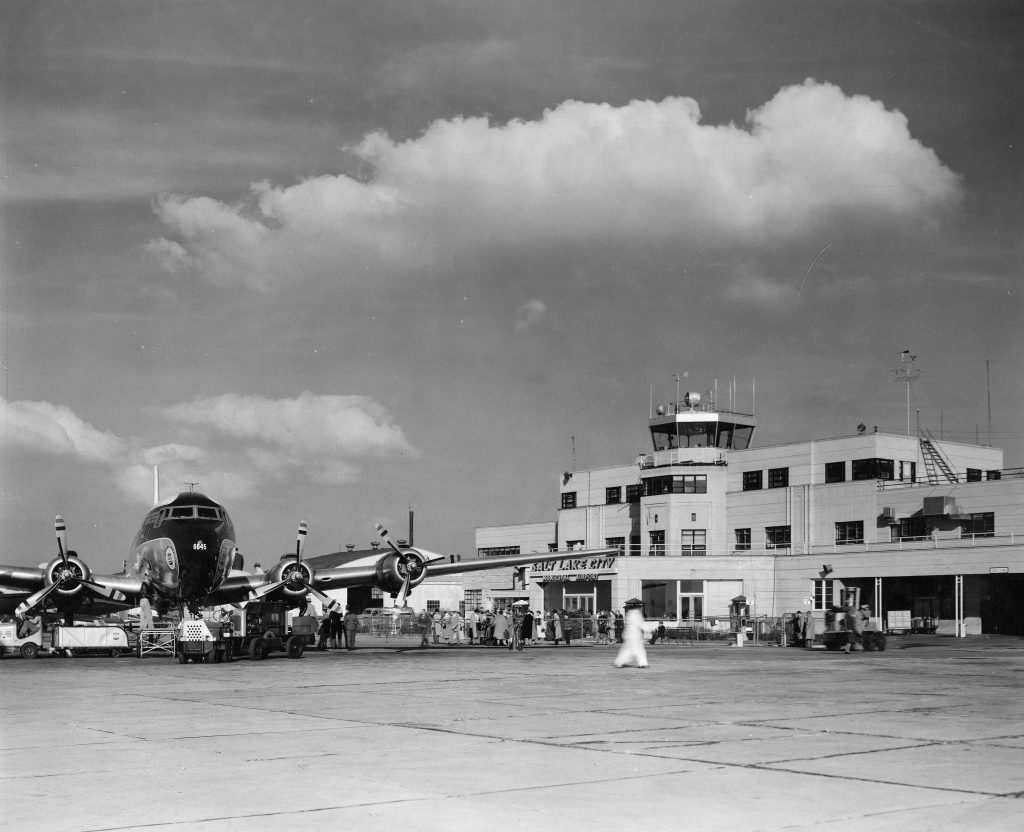
Dedicated in May 1933, the terminal included administrative offices, a cafe, a control room, emergency services and a waiting room. Just three years later, in 1936, more than 60,000 passengers passed through the airport, almost three times the number when the terminal opened.
Busting out of the Seams and into a Second Terminal
By the early 1950s, passenger volume increased ten-fold. In the 1930s, airlines were carrying only 12 passengers per flight. Now, planes were carrying up to 100. Larger planes resulted in decreasing fares which only heightened the demand for commercial air travel.
It was clear that the airport needed more space–both in the airfield and in the terminal. So the airport acquired more acreage, bringing the total land size to 1,500 acres. Construction of a second terminal began in the spring of 1959.
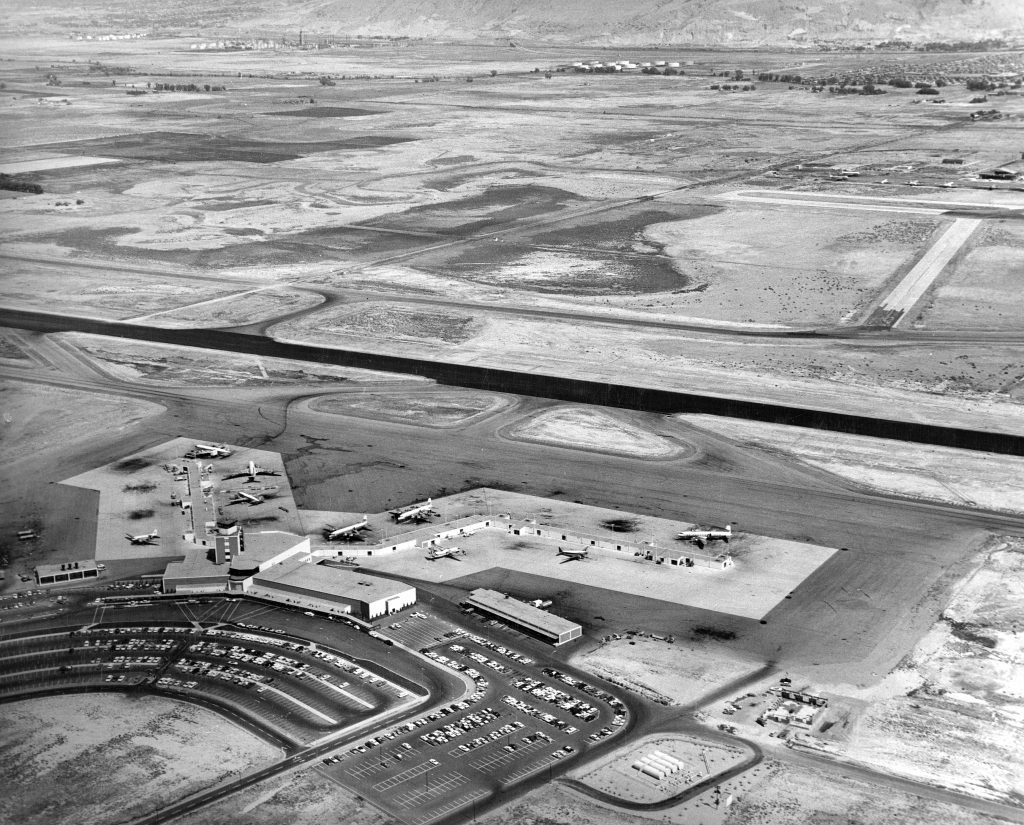
Located west of the original terminal, the new terminal was dedicated on June 17, 1961. Ten times the size of the first terminal, the new terminal featured two concourses and 21 gates. Ticketing counters for the five major airlines–Bonanza, Frontier, United, West Coast and Western–were located in the lobby, along with a state-of-the-art baggage handling system. The new terminal was equipped to handle up to 12 million passengers per year.
Becoming International and Welcoming the World
In 1968, Western Airlines began offering its first commercial international flight: Salt Lake City to Calgary. The Salt Lake City Municipal Airport was now called by its current moniker: Salt Lake City International Airport (SLC). Over the subsequent decades, SLC constructed another terminal, became a hub for Western Airlines (which was eventually acquired by Delta Air Lines) and, in 1996, exceeded 20 million passengers per year.
Yet air travel, and the country, faced a devastating event in the early aughts: the 9/11 terrorist attacks. With the 2002 Salt Lake City Winter Olympics and Paralympics fast approaching, the airport faced a unique challenge. How would the airport ensure that it was a welcoming and secure place just months after the deadliest terrorist attack in U.S. history?
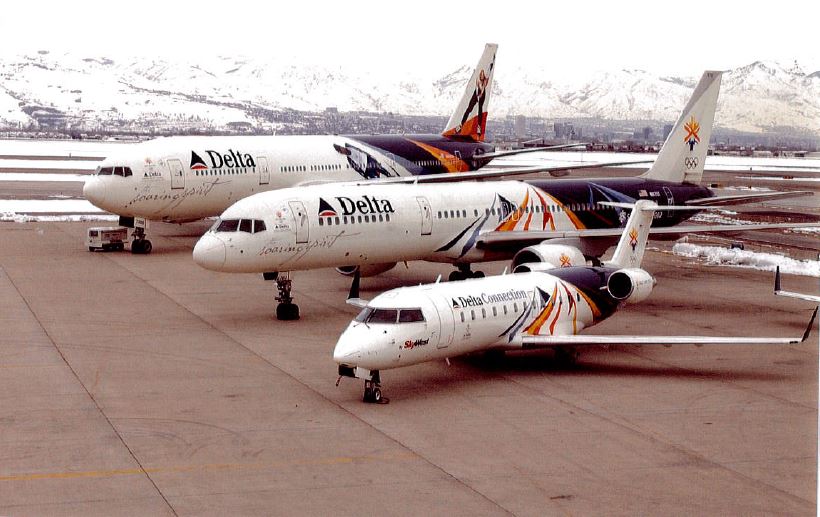
The airport sprang into action, becoming the first airport in the country to screen checked bags for explosives. The airlines added 400 workers to staff screening devices and checkpoints. The National Guard offered support to the airport police officers. And teams of bomb sniffing dogs provided additional screening. During this period, the airport led the way in advancements for aviation security.
The New SLC | A New Airport for the 21st Century
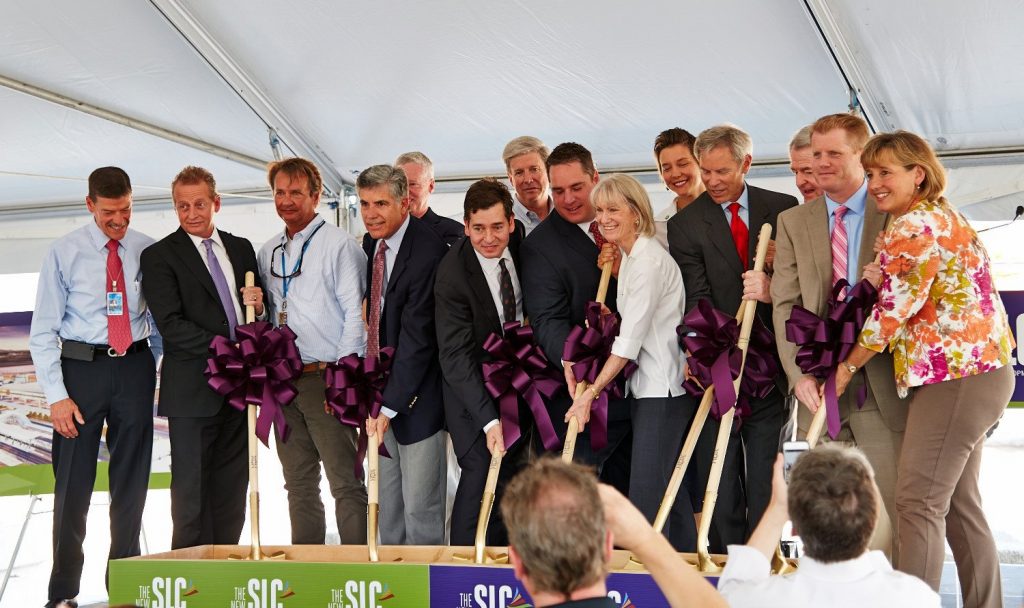
In the late 1990s, it became clear through master planning efforts that SLC needed to evolve to keep in step with the aviation industry. Planes were much larger, flying longer international routes. Passenger demand continued to climb. And once again, the current facility was quickly becoming too small to meet the need. The airport needed larger gates to accommodate wide-body aircraft that served international destinations and upgrade to current seismic standards. And the airport simply needed more space to accommodate the throngs of travelers.
SLC leadership began to develop an Airport Redevelopment Program (ARP). But challenging events such as the 9/11 terrorist attacks, airline bankruptcies and the great recession delayed the ARP for a time. Yet
SLC persisted, and a groundbreaking ceremony was held in 2014, signifying the beginning of construction for a 4 million square foot airport. Spanning the course of 12 years, the new phased construction program was built adjacent to the current airport. The opening of Phase 1 in fall 2020 allowed the demolition of the original airport to take place and additional phasing to move forward. Phase 1 included the new parking garage, central terminal and the west portions of A and B concourses.
At the writing of this article, Phase 2, the build out of Concourse A to the east has opened. In October 2024, portions of Phase 3 will be unveiled, which includes the central tunnel along with a mini-plaza and five more gates in Concourse B east
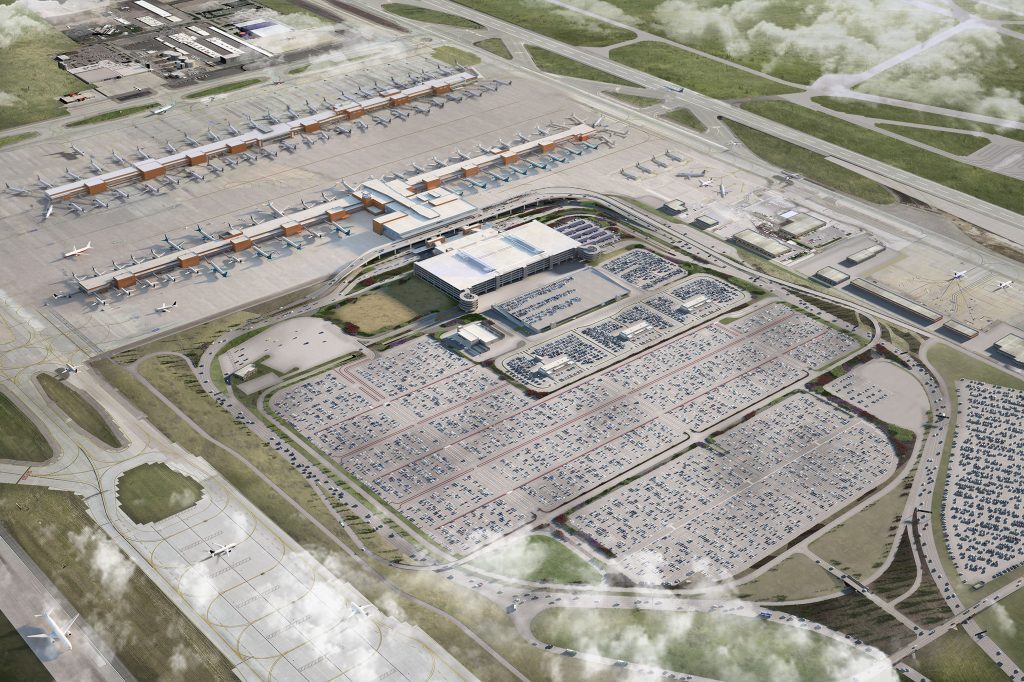
In 2026, all four phases of the new airport will be complete, culminating in two linear concourses with 94 gates total. The New SLC airport has been constructed to serve 34 million passengers each year.
Today, SLC is the 21st busiest airport in the country, with a record number of passengers, almost 27 million, traveling through in 2023. The property size measures at 8,044 acres, which includes a wetland preservation area. While the airport of today would be unrecognizable compared to the air mail outpost of 1920, the vision remains the same: To position SLC as a global aviation hub that will serve and grow with the region for decades to come.
This article was inspired by the airport history book, “Air Mail Outpost to International Hub.” To read the full e-book, click here:
Photos have been used with permission from the Utah State Historical Society.

